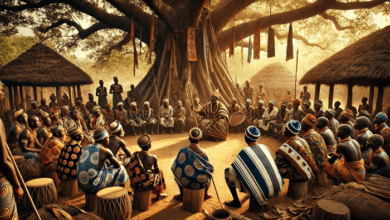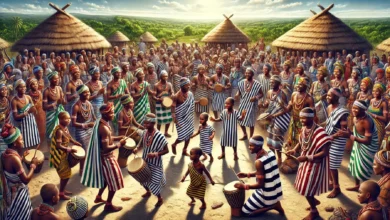Advanced ancient civilizations that everyone has forgotten
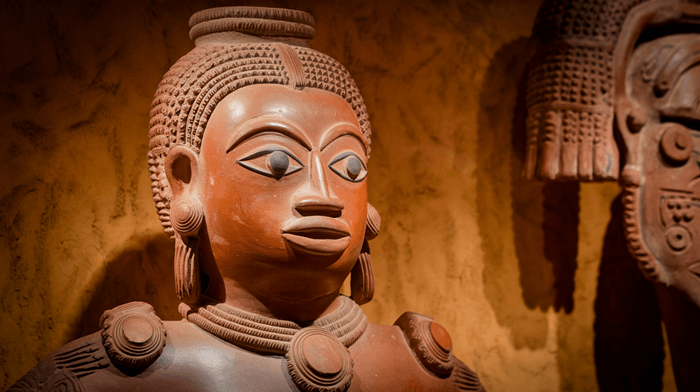
Some think in grand pictures of alternative histories when they discuss ancient civilizations, while others, with less fanciful imaginations, think Egypt, Greece, maybe Babylon or Assyria. Certain names are retained in the perceptions, since they left more than just majestic architectural monuments and numerous written sources. And remnants of many more civilizations have been blown over and all but forgotten.
The Olmec civilization
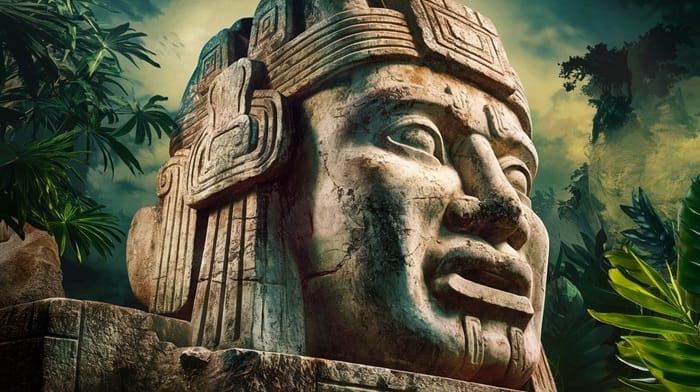
The giant stone heads are the most prominent symbol of the Olmec civilization. Now, these are not Egyptian pyramids, but the scale is still impressive. Some of the sculptures weigh several tens of tonnes. Faces of kings or other important men of the state are thought to be engraved in stone. It seems entirely reasonable but it’s doubtful the truth will ever be known. The Olmec, apparently, had no writing, though there are traces of pseudo-writing that is, unfortunately, undecipherable.
Historians refer to the Olmecs as the mother culture of the entire Mesoamerican area. They originated in the tropical lowland valleys of central America in the 1500s BC and reached their peak within a few centuries, continuing as a dominant civilization center until their downfall in the 4th century BC. It was about that time that the Maya emerged on the scene.
While the peoples of South America or more northern tribes would also have a literature, the Olmecs built a society by the standards of that time, with culture, science, and what was unique to them. The cause of civilization’s collapse is up for debate. Historians will tell you, like a recipe, of a cluster of factors that come together, including epidemics, a few years of crop failure with drought, and external shock, i.e. war with neighbors.
Elam civilization
Elam appears in the third millennium BC, as an established and coherent culture. So it is among the oldest civilizations in human history. The kingdom was situated over the land of present-day Iran, ensuring significant access to the waters of the Persian Gulf. This ideal geological position helped the agricultural growth. The Elamite language is a language isolate, with no known relatives. It possessed its own form of cuneiform writing, one which has been partially deciphered thanks to contacts with other states in the region.
Although occasionally invaded by Babylon and Assyria, Elam retained some degree of autonomy. An all-round decline comes after the Persian conquest 549 BC. The organisation of the gods seems quite bizarre. Pinenkir, Parti and Kiririsha were the three main deities of Elam, all female. The Elamites remained ethnically distinct into our era, but a few centuries on — poof! — their history comes to an end for all time.
The Nok civilization
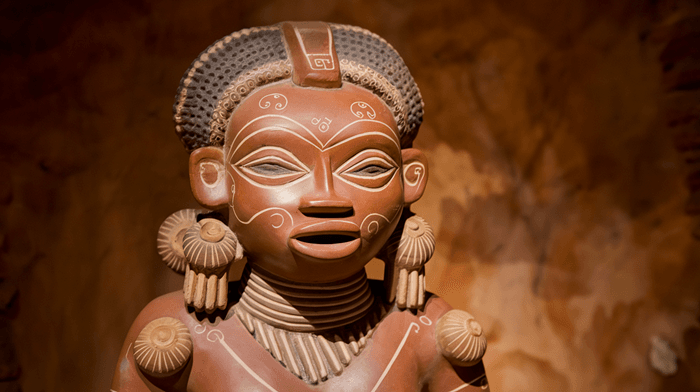
The culture is named from the site of the first artifacts. No written records survive, so will never know what people called themselves. However, one should not regard the Nok as a primitive people, if only because it survived for some two thousand years.
Emerging in 1500 BC in what is modern Nigeria, it was the first to reach the Iron Age in the whole of ‘Black Africa’, and this helped to speed up the process of the Iron Age for the region. Its heyday was from the 2nd to 1st century BC. The most detailed terracotta figurines of humans and animals date to this time. Their use has not yet been determined.
This period of decline of the Nok civilization is believed to have taken place at the beginning of the 5th century A. D, when remnants of the culture disappear suddenly. In a matter of years, most people died or fled from the familiar spaces where they had resided for generations. It could have been an undiscovered epidemic or catastrophic flooding, something that was often the cause of the fall of ancient civilizations. But there were also direct military battles for territories on Lake Chad.
Modern people of central Nigeria, researchers believe, share the genome of the ancient people of Nok. But all cultural, religious and linguistic links have long been cut and cannot be rebuilt.
Caral-Supe
The culture is named after the location of the initial artifacts. Written records are unlikely, so will never know what people called themselve. But there should be no impression of the Nok as a primitive people, if only because it endured for about two thousand years.
Arising around 1500 BC in present-day Nigeria, it was the first to attain the Iron Age in all of ‘Black Africa’, and this aided in accelerating the rate of the Iron Age in the area. It reached its peak during the 2nd to 1st century BC. This is also when we see the most elaborate human and animal terracotta figurines. Their usage is still to be decided.
The decline of the Nok civilization is thought to have occurred in the first half of the 5th century A. D. when evidence of the culture vanishes abruptly. Within a few years, millions perished or escaped from the places that had been home to them for generations. It could have been an unknown epidemic or catastrophic flooding and something that was often to blame for the downfall of ancient civilizations. There were also direct military clashes over territory on Lake Chad.
The genome of ancient people from Nok, researchers believe, is shared by modern people from central Nigeria. But all of those cultural, religious and linguistic ties have long since been severed, and cannot be repaired.
The Kingdom of Axum
Another ancient Ethiopian state that arose in the first century AD, lasted for nearly a thousand years. At its height, its borders stretched beyond the Horn of Africa, across the Red Sea into the Arabian Peninsula. The kingdom of Axum flourished in the 3rd-4th centuries along this trade route from India to Rome. But with this position also came its consequences. Such as the emergence of Greco-Roman culture and language. Simultaneously, Christianity knew religious the dominant faith of the African state. After all, Ethiopia, Axum’s successor, is regarded as one of the first Christian entities on the planet.
In VIII century starts the decay of the kingdom, which reason was the soil depletion and rupture of trading relations. Rome had collapsed, Europe was genuinely entering the ‘Dark Ages’, and the movement of people and money halved. It was invaded repeatedly in the 960s. But churches and Aksumian literature were thrown upon the fire. Historians have, therefore, been forced to rebuild the timeline piece by piece. With the disintegration of Aksum came a waiting time when such territories as the disintegrating fragments of the Aksum kingdom underwent the merging operation to unite to establish a new Ethiopian Empire (homeland). But in culture and language it was an entirely different country.

